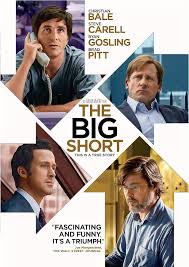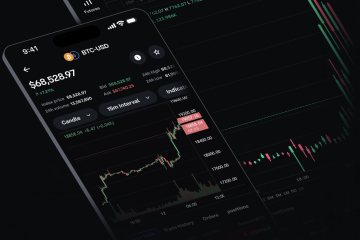The Big Short: A Deep Dive into the 2008 Financial Crisis

Introduction
The 2008 financial crisis remains one of the most pivotal events in modern economic history. The film “The Big Short,” directed by Adam McKay, vividly depicts the complex web of mortgage-backed securities and the ensuing economic collapse. Understanding the underlying events and economic principles highlighted in the film is essential for both investors and the general public, especially as fears of another crisis loom amid current economic fluctuations.
Understanding the Financial Crisis
“The Big Short” captures the foresight of a few individuals who recognized the unsustainable practices within the real estate market. The film focuses on several main characters, including hedge fund manager Michael Burry, who, along with others, predicted the collapse of the housing bubble driven by subprime mortgages. The story illustrates how institutional greed, unregulated financial markets, and flawed ratings by agencies created a perfect storm for disaster.
Significant Events and Responses
As the subprime mortgage crisis unfolded, it revealed systemic flaws within the financial sector that allowed risky loans to flourish. A staggering number of borrowers defaulted on their mortgages, leading to a domino effect that caused significant financial institutions to fail or require bailout assistance. As a result, the U.S. government enacted several measures, such as the Troubled Asset Relief Program (TARP), to stabilize the economy. However, the long-term consequences of the crisis were severe, including prolonged unemployment and a recession that affected economies worldwide.
Lessons Learned
The legacy of “The Big Short” extends beyond the film; it serves as a critical reminder of the vulnerabilities within financial systems. Key lessons include the importance of transparency, the need for regulation to monitor financial practices, and the implications of allowing too much risk-taking without proper oversight. Today, with discussions surrounding cryptocurrency and digital assets, similar conversations regarding regulation and responsibility are becoming increasingly relevant. Understanding the past can help prevent similar crises in the future.
Conclusion
In conclusion, “The Big Short” not only dramatizes the harrowing events of the 2008 financial crisis but also serves as a vital educational tool for understanding financial stability. Its relevance is amplified in today’s context as economies face new challenges. By reflecting on these lessons, readers can better navigate the complexities of modern finance, make informed decisions, and advocate for necessary regulatory reforms that protect consumers and the economy as a whole.









